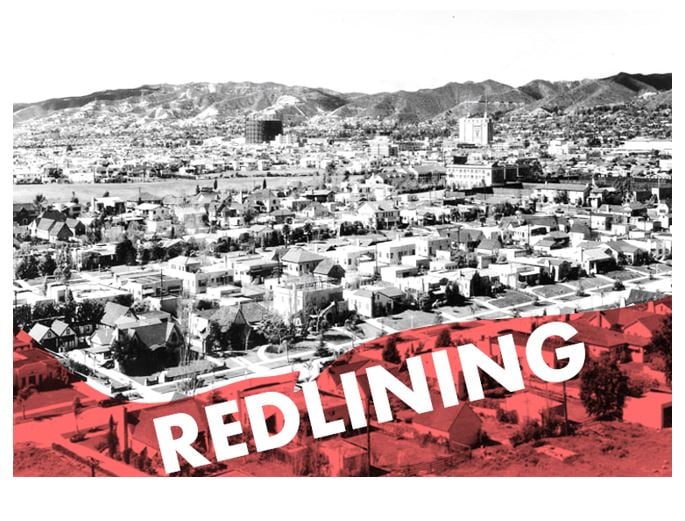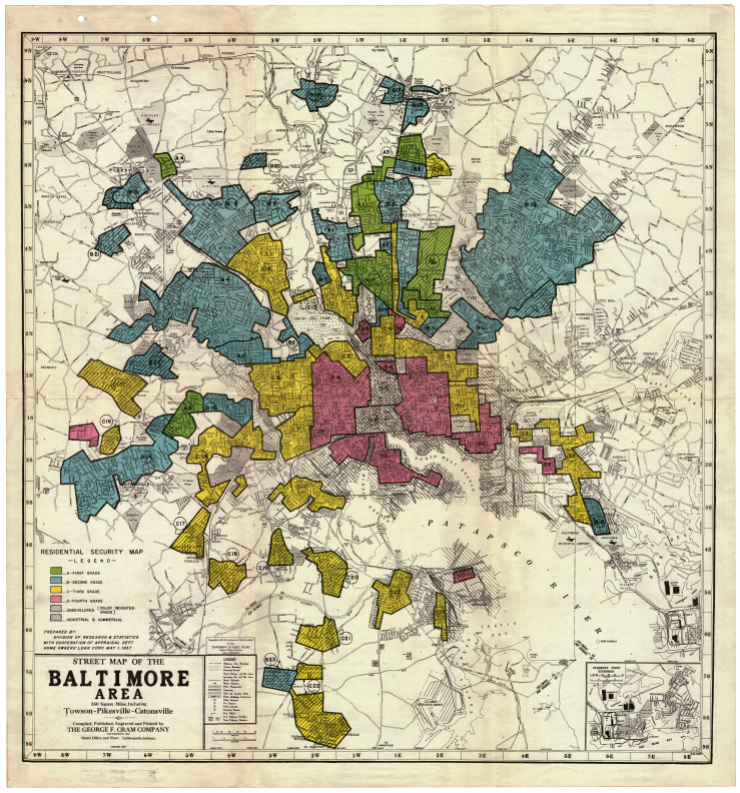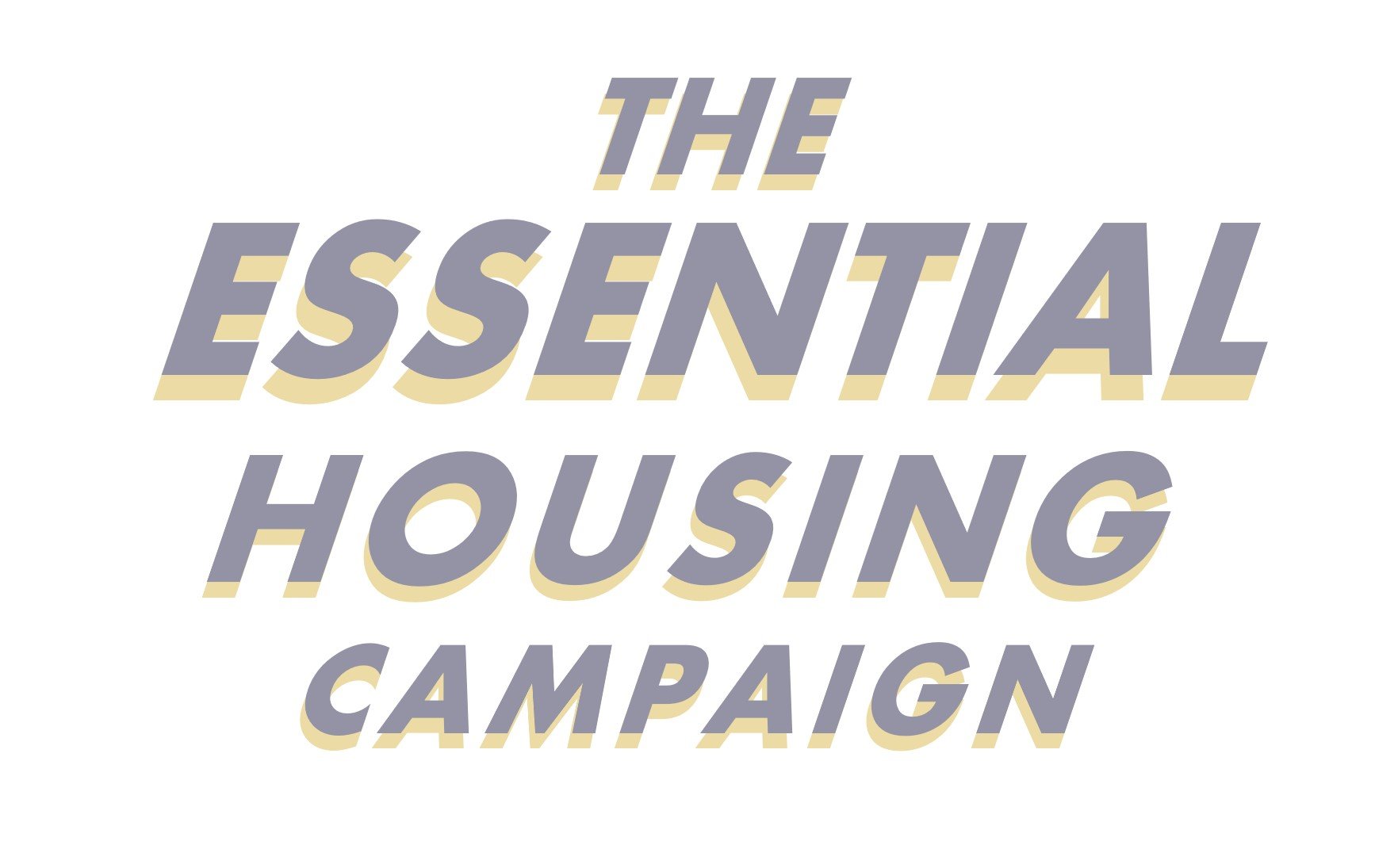Equality
Redlining: Why Does Racial Injustice Continue?
Richard Rothstein
Author, The Color of Law
There is a forgotten history of how the United States Government segregated America through explicit government policies at the local, state, and federal levels. The segregation continues to contribute to inequalities along racial lines, resulting in unresolved social strife in most of America’s major cities. Policies that influence access to capital and credit have long-lasting effects on residential patterns, neighborhoods’ economic health and household accumulation of wealth. Although redlining – a form of racial discrimination in mortgage lending starting in the 1930s – was banned 50 years ago, it is still hurting black and brown communities today, with 3 out of 4 neighborhoods “redlined” on government maps 80 years ago considered “economically distressed”. How can communities start to sufficiently address these injustices and move towards a future of equal economic opportunity?
Gallery
Innovation Themes
Learn More
content here



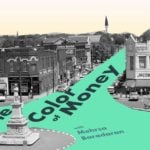
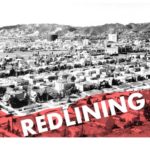


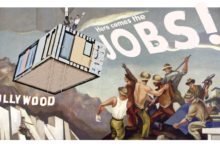
 NEXT
NEXT